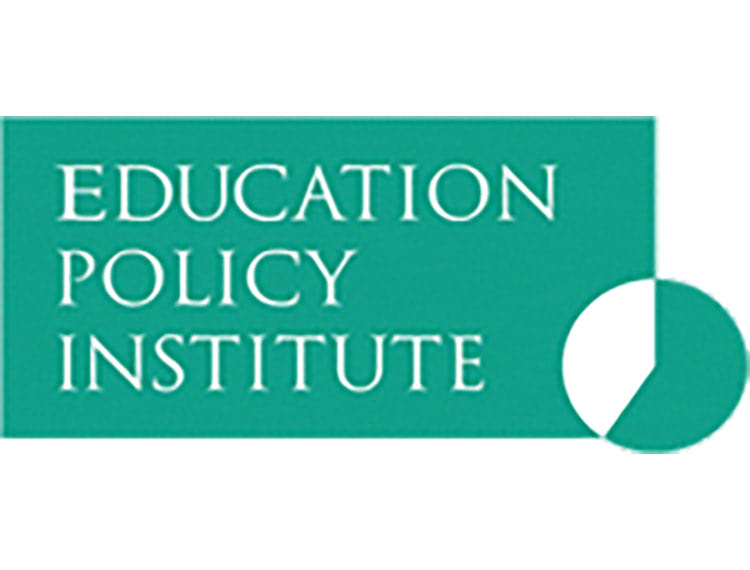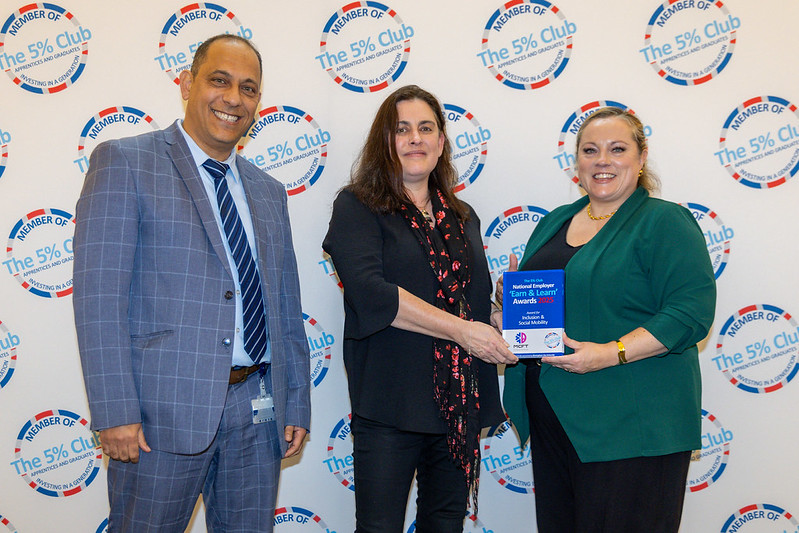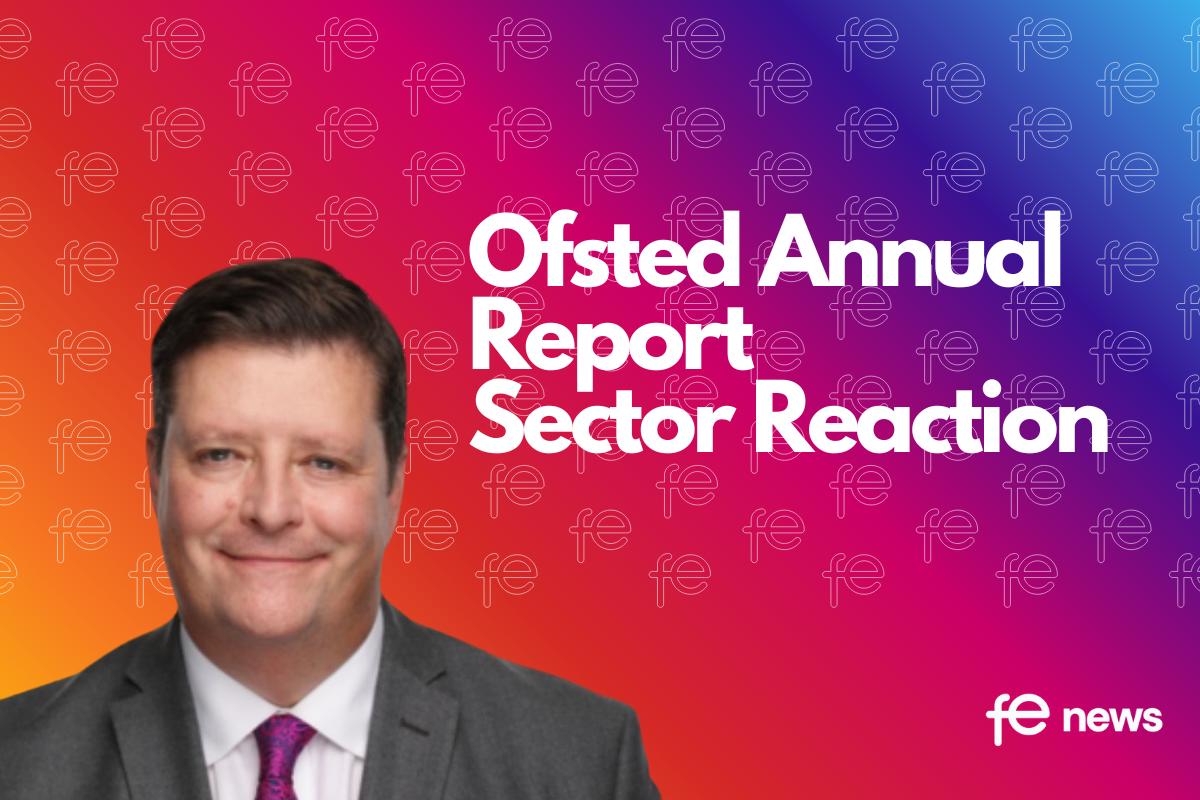Covid-19 is causing a surge in teaching applications

New analysis from the @EduPolicyInst (EPI) highlights the continued surge in teaching applications in England, prompted by the oncoming coronavirus-induced recession.
Recruitment targets for teachers have been missed by the government for several years, contributing towards acute shortages in some parts of the profession.
However, the latest Department for Education data on initial teacher training (ITT) show that these trends are set to be reversed.
“Analysis: the teacher recruitment gap could close for the first time since 2012” from EPI also examines the latest trends in teacher diversity, finding that for the first time, the proportion of ethnic minority teachers in English secondary schools is now representative of the population as a whole. However, gender diversity has failed to improve.
Boost to teacher numbers: findings
- Last year, the shortfall in teacher recruitment numbers in England stood at 3,000, after having risen for a number of years.
- However, since the start of the lockdown 21,410 graduates have applied to teacher training programmes, representing a rise of 8,400 (65%) from the five-year average.
- If these trends continue throughout the year, it is set to result in an extra 11,000 applications, which would close the teacher recruitment gap entirely for the first time since 2012.
- Typically, around two-thirds (65%) of these applicants then go on to enter the profession, meaning the shortfall of 3,000 teachers would easily be met.
- However, Covid-19 has also reduced teacher turnover. This has led to problems for many training providers, who have been unable to find teaching placements for their applicants. If this is not urgently rectified, the government may fail to capitalise on the surge of new teachers.
Why have teacher applications been rising?
- Evidence suggests that the rise in ITT applications has been driven by the impending economic downturn, with many graduates who would have otherwise pursued different careers likely attracted to the job security and stable wages that teaching brings.
- Teacher starting salaries are also set to increase significantly to £30,000 by 2022, a rise of 24%.
Trends in teacher diversity: findings
- The latest data shows that the ethnic diversity of all teachers in England has improved. In secondary schools, 16.2% of all teachers are now from ethnic minority backgrounds, up from 13.1% in 2010. This is now in line with the overall population (16%) for the first time.
- In primary schools 10.6% of all teachers are now from ethnic minority backgrounds, up from 8.5% in 2010.
- However, gender diversity has not improved. 35.5% of secondary teachers are male, down from 37.7% in 2010. Just 14.1% of teachers in primary schools are male (up from 12.7% in 2010 but unchanged since 2016).
- There is a risk that diversity could be reduced following an economic turndown. The 2008 financial crisis drew predominately female and white graduates into the profession, resulting in a decline in the diversity of new teachers.
Commenting on the analysis, Joshua Fullard, author and Senior Researcher at the Education Policy Institute (EPI), said:
“The pandemic has caused unparalleled disruption to every area of education. However, there appears to be a silver-lining in the form of a big boost to the teaching profession in England. These trends are welcome given the government has fallen short of its recruitment targets for a number of years.”
“For the first time, we are also seeing that the proportion of secondary school teachers from ethnic minority backgrounds matches the population as a whole. This is a positive development, but these trends could be affected by the oncoming recession. The previous financial crisis resulted in a decrease in the diversity of the teaching profession, and there are early indications that this is transpiring again.”
Covid-19 could reduce teacher recruitment shortages by 40 per cent
18th Jun 2020: The Education Policy Institute published analysis of the likely impact of Covid-19 on teacher recruitment and retention rates.
Key findings are as follows:
The inevitable recession caused by Covid-19 is likely to increase teacher numbers and ease recruitment and retention challenges:
- We expect roughly 1,800 more graduates to go into teacher training programmes over the next two years which would reduce recruitment shortages by between 20 and 40 per cent each year.
- Thousands of teachers are likely to remain in the profession when they would have otherwise quit.
With the highest amount of applicants in May the latest UCAS data suggests that the boost in teacher numbers might have already started although we expect the main boost to occur during the 2020/21 round. The government should support schools by giving them financial certainty to recruit new teachers where they are needed.
This boost will help mitigate the impact of the secondary pupil bulge – pupil numbers are anticipated to rise by up to 10 percent over the next few years.
Retention incentives could help ensure that the excellent young graduates who become teachers due to Covid-19 remain in the profession for years to come.
Teacher Supply and Covid-19
To stop the spread of Covid-19 the government has adopted a strict lockdown policy. This has resulted in many businesses facing a significant drop in revenue as many firms have higher operating costs (the cost of implementing social distancing), are selling less (consumer spending fell by roughly 20 per cent in April) or are unable to operate at all (e.g. those in the travel and tourism sector).
As lockdown restrictions ease and the economy gradually reopens many firms will see an increase in revenue but it will take time to recover. The Bank of England is forecasting unemployment to peak at 9 per cent this year and to remain elevated through to 2022, which is a similar level of peak unemployment during the 2008 financial crisis, but shorter in duration.
Will Covid-19 solve the shortfall in teacher recruitment?
The economic and social challenges caused by Covid-19 are likely to persist over the coming year and possibly beyond. However, one possible benefit of the inevitable recession is an opportunity to recruit graduates into teaching who would have otherwise gone elsewhere.
Each year since 2012 fewer young people are going into teaching than the Department for Education estimates are required to meet current and future needs and, each year, that gap widens. The wider economic climate may aid the department’s efforts to turn this around.
The coming recession will improve graduate recruitment
During a recession it tends to be more difficult for recent graduates to find a job because there are fewer firms hiring. Where there are vacancies, these are likely to be contested by both recent graduates and more experienced graduates who have lost their jobs. A 2016 study in England shows that young people who graduated during the financial crisis were less likely to find a job and those who found a job were typically paid less.
Occupations such as teaching, whose need for workers is largely unaffected by a recession, become relatively more attractive. As jobs dry up and wages fall, graduates are drawn to the job security and stable wages of teaching.
For example, the figure below shows that young teachers’ wages were less affected by the 2008 financial crisis than the average young graduate’s. As graduate wages fell through the recession and recovered slowly, teachers’ wages continued to rise, albeit more slowly than before the crisis until 2012. That made teaching a better prospect for graduates following the recession than it was during the boom times of the early 2000s.
Although there is a lot of uncertainty over how Covid-19 will affect graduates, using the 2008 financial crisis provides a baseline for the likely magnitude of the effect. If we assume that Covid-19 affects graduates in a similar way to the 2008 crisis, but is less persistent, then we would expect roughly 1,800 more graduates to become teachers over the next two years.
While this increase might seem modest compared to the 30,000 graduates who enrol into teacher training each year it is important to remember that policymakers have missed recruitment targets by nearly 3,000 places in recent years. As the figure below demonstrates, Covid-19 could reduce recruitment shortages by between 20 and 40 per cent each year over the next two years.
The effect may already be showing up in ITT enrolments
Recent UCAS data suggests that Covid-19 may have had an immediate effect on applications to teacher training programmes. The latest UCAS data from May shows that the number of applicants is greater than in any year since 2014. Although this does show that applications have been strong over the two months we must wait until there is more data available until we can attribute these changes in applicant behaviour to Covid-19.
While it is likely that more graduates will apply over the coming months, we would expect the main increase in enrolment to start in the 2020-21 round. Following the 2008 recession, ITT enrolment did not peak until the 2009/10 application round, which started roughly 13 months after the recession struck.
Retention and quality may also improve
The difficulty of obtaining a job during a recession may also reduce the number of teachers who leave the profession. A recent survey of teachers found that 14 per cent of respondents said that they had had second thoughts about changing jobs because of Covid-19. As more than 36,000 classroom teachers leave teaching each year, even a modest effect on attrition (e.g. a reduction 5 per cent) will have a large effect on the number of teachers in the school workforce (1,800).
The relative attractiveness of teaching may also draw in a wider pool of talented graduates who would have otherwise passed teaching over for a job elsewhere. Nothing is more important for pupils than the quality of their teacher and it’s possible that the recession will nudge some graduates towards a career in the classroom. That is exactly what happened in Florida: teachers who were drawn into the profession by recessions helped their pupils make about 3 months of additional progress.
The effects could fade over time
However, the example of Florida also provides a cautionary tale. The authors of that study also found that teachers drawn into the profession during a recession were more likely to quit when other opportunities became available again.
Similarly, many of the teachers who changed their mind about quitting and did not leave teaching during the recession might be delaying their decision, rather than changing it entirely. Consequently, the boost in teacher numbers might not last long.
Swift policy action may mitigate the losses
By attracting more graduates into teaching and reducing the number of teachers who leave the profession, Covid-19 could ease teacher retention and recruitment challenges over the next few years. However, while this might help in the short term, we cannot be complacent as many of these teachers could leave as soon as alternative job opportunities become available. Any mass exodus from the occupation is likely to be especially felt by children from less affluent backgrounds who are already less likely to be taught by a subject specialist.
Policymakers need to prioritise strategies to ensure that we keep the best teachers in the profession where they are needed most. As a recent EPI publication suggests, retention incentives such as £2,000 per year to existing early career teachers in shortage subjects and doubling the extra payments for teaching in challenging areas could help ensure that the excellent young graduates who became teachers due to Covid-19 remain in the profession for years to come benefiting students who, would have otherwise, not been taught by a subject specialist qualified teaching professional.











Responses